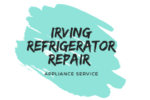Cleaning small kitchen appliances: Tips and Tricks
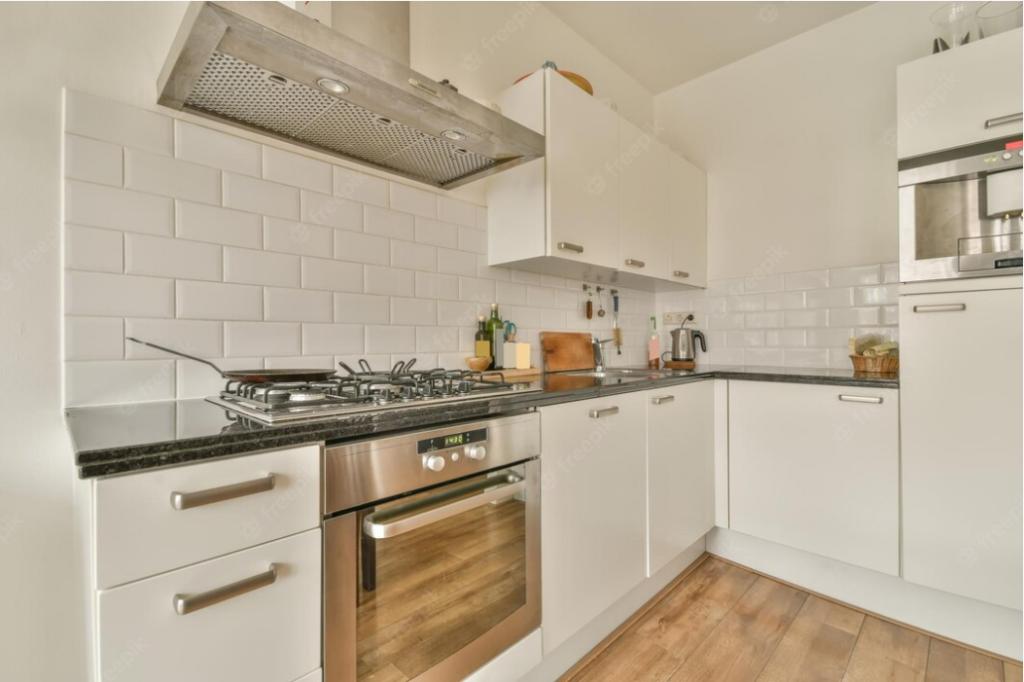
The kitchen is the heart of every home. Some of the most memorable moments are made here, especially as we prepare our meals or even help the kids do their homework. For this reason and more, it is always good to keep your kitchen clean. Most of us invest heavily to make our kitchens practical and stylish, either by getting a fresh paint job, installing fancy cabinets, or even elegant décor and appliances. Investing in the best kitchen surfaces and appliances is one thing; keeping them clean all year round is another. Dirty surfaces and appliances can ruin the vibe of a stunning kitchen, another reason you should strive to keep everything clean and organized.
Many people dread house chores, especially in the kitchen area. Cleaning your kitchen doesn’t, however, have to be a time-consuming task; there are several easy and simple ways to keep everything clean (especially appliances) quickly and efficiently. The most common small kitchen appliances (food processors, instant pots, toaster ovens, juicers, coffee makers, etc.) are relatively easy to clean and maintain. Here are a few simple tips and tricks on cleaning small kitchen appliances.
1. Espresso Or Coffee Maker
The key to brewing good-tasting coffee every day is to keep the coffee maker clean. It doesn’t matter if you have a fancy espresso machine, French press, or a regular drip coffee maker; it is essential to clean it once done brewing. The warmth and moisture in and around coffee makers create the perfect breeding ground for mold and bacteria. Make a habit of wiping it clean before and after use.
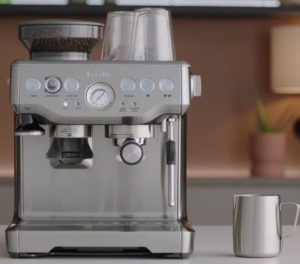

2. Food Processor, Blender, and Juicer
Make a habit of cleaning and rinsing the juicer/blender/food processor immediately after use. Although you might know this already, these appliances can leave a mess, especially if you forget to use the lid. To clean these, use warm water to fill them in half, add a drop of dishwasher liquid soap, then run it for a few seconds. Give it a good whirl to remove any sediments on the sides. Open the lid, then pour the solution over it into the sink. Give it a good rinse with running water, then put it upside down to dry.
3. Waffle Maker, Panini Press, and Grill
Although most of these have a nonstick surface, you still need to give them a good clean/wipe before and after use. Wiping it clean helps eliminate chances of cross-contamination and preserves it for even longer.
To clean your electric grill/waffle maker, unplug it from the socket, then use wet paper towels or metal tongs to hold the hot grill down as you loosen any food particles. Allow it a few minutes to cool down completely, then, use a mix of warm water, dishwashing liquid, and a soft cloth to clean the plate and drip trays. Running hot soapy water helps remove food particles and oil from the previous use, leaving it clean.

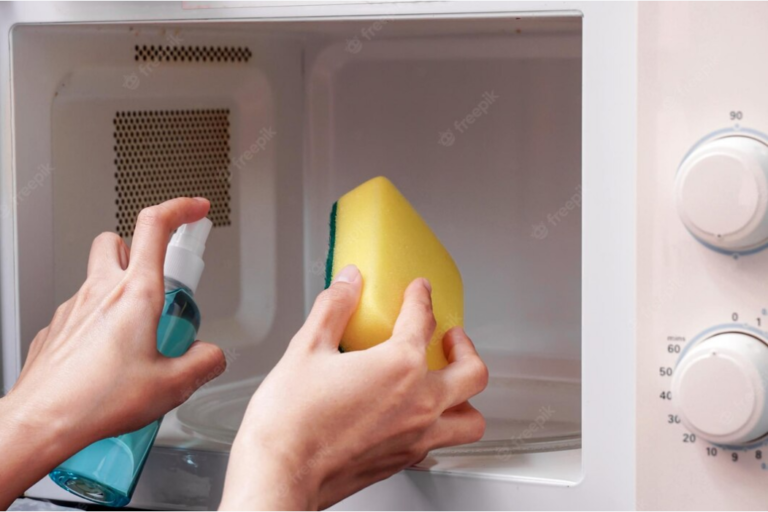
4. Microwave
The microwave is prone to food splatters, but also very easy to clean. Simply fill a microwave-safe bowl/container with one cup of water and a drop of vinegar, put it in the microwave, then run it for about 5 minutes (or until the water boils.) Turn it off and leave the boiling water in for 15 minutes. The steam generated will help kill any bacteria inside, as well as loosen food platers as well. All you have to do now is use a soft, damp cloth to wipe the surfaces clean.
5. Portable/Stand Mixer
A food mixer is an essential tool in every kitchen. While it may come in handy for various applications, the beaters/blades can attract and trap food particles which should be cleaned immediately after use to prevent contamination. Fill a bowl with water, then add a few drops of dishwashing liquid. Run the mixer for about 20 seconds to loosen any food materials, turn it off, then disassemble the components. Hand wash all non-electrical components in warm/hot soapy water, then rinse accordingly.
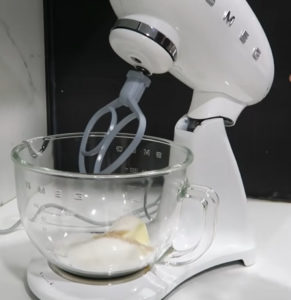
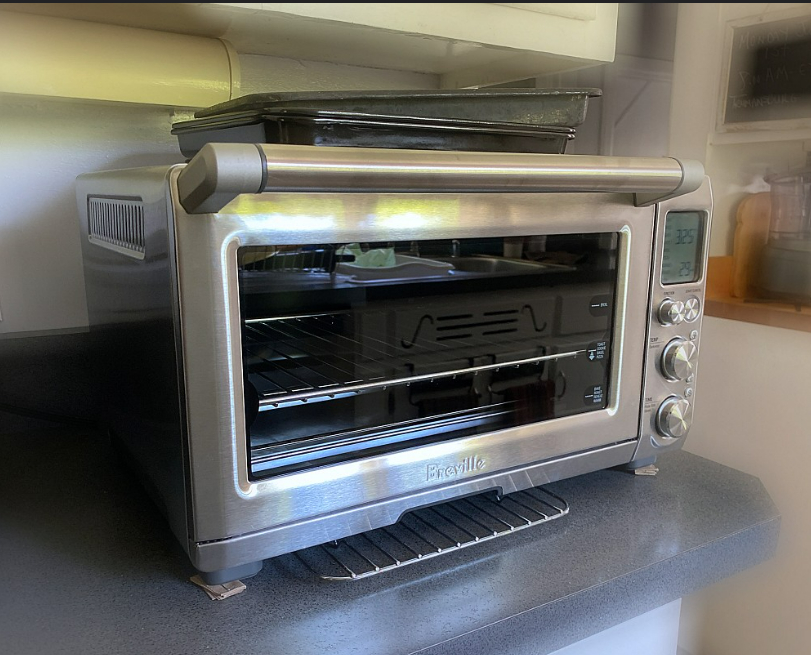
6. Toaster Oven
Built-up grease and crumbs can cause fire from the intense temperature inside. You thus want to keep your toaster oven clean and wipe before using it. Like any other electrical appliance, unplug it, open the trap doors, turn it upside down, then shake off any crumps trapped inside over the trash or sink. Remove the toasting rack or removable tray, soak them in hot soapy water for a minute, then wash them off. Rinse, and air dry them.
7. Electric Can Opener
Almost every electric can opener blade touches the contents of the can. This increases the risk of cross-contamination, especially if you don’t clean the opener after use. Unplug the opener, then wipe it clean using warm soapy water. Be sure to cover the blade and casing when cleaner. It would be best if you didn’t submerge it in water.
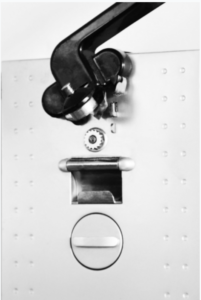
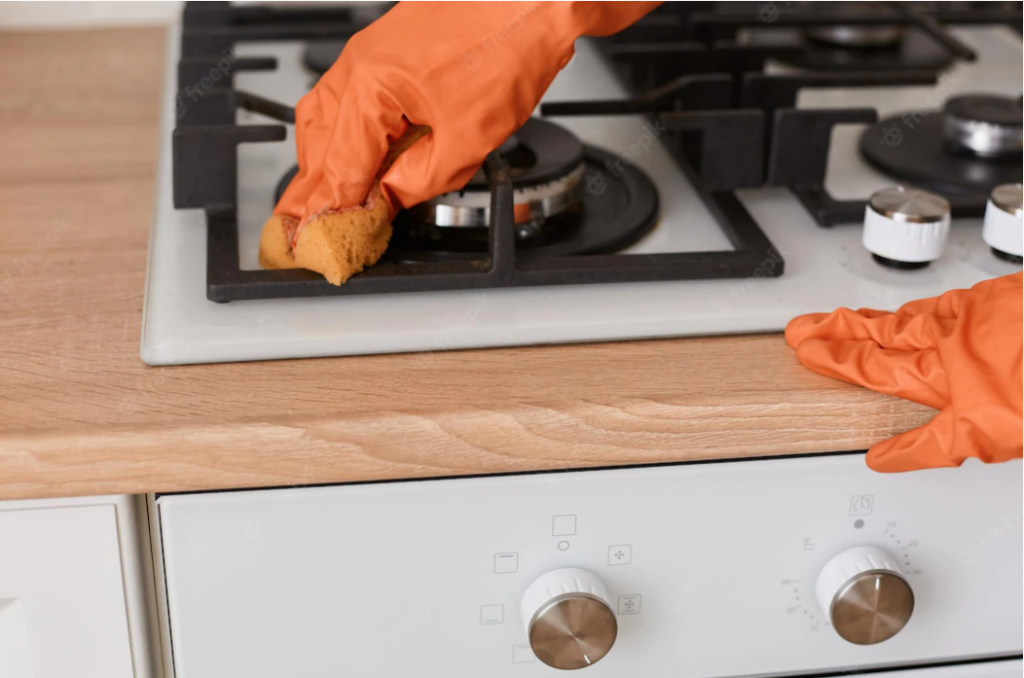
8. Stove Top
Stovetops are a magnet for food spills and drips. Wiping it clean as you go is one of the best ways to ensure your kitchen/stovetop is hygienic. Aside from wiping, you’ll need to work on the burner grates and caps as well. Remove the grates and gas caps, then soak them in warm soapy water. If working on an electric stove, disconnect the burner coils, then clean them with a sponge. Take care not to get electrical connectors wet. Next, wipe any food particles and grime on the stovetop, back panel, and burner knobs with a soapy sponge. Mix equal parts of water and vinegar and clean any grease or grime buildup.
9. Stainless Steel Appliances
Use a mild dish detergent to wipe down all stainless-steel appliances and surfaces. Some warm water and a few drops of detergent are sufficient for this task. Remember to use a clean, soft rag when wiping these surfaces to avoid scratches and such. With the surface clean, use a dry clean cloth or kitchen towel to wipe off any fingerprints and dampness for that shiny look and feel. For baked-on food residues and spots, use a baking soda paste. Avoid scouring powders, ammonia, or bleach on stainless steel surfaces as these will beat the overall purpose and are too harsh.

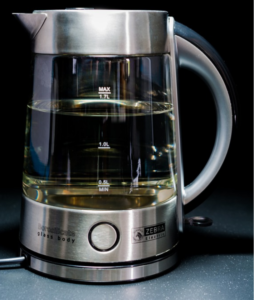
10. Electric Kettle
Make a habit of cleaning the electric kettle with water and vinegar once every month or two. Mix equal portions of water and vinegar in the kettle, then let it boil for a few minutes. Switch off and let the mixture cool, then use a microfiber cloth to clean both the inside and outside of the kettle. Give it a good scrub until shining clean. Rinse, then boil some water to remove any vinegar traces.
11. Can Opener
Use dish soap and warm water to clean your can opener. You could also use a toothbrush to scrub off any particles and stubborn grit of the blade. Use running water to rinse off the blades and other parts, then reattach them to the rest of the appliance.


12. Air Fryer
Keeping the air fryer clean is good for your health and boosts its lifespan as well. With the appliance unplugged, use warm soapy water and a soft cloth to wipe the fryer basket. You could also use a toothpick to remove any food debris stuck in the basket holes. Next, give the inside of the air fryer a good wipe using a damp cloth or sponge. Air-dry everything before reassembling it.
Avoid messy spills by removing leftover oil from the fryer’s drawer before taking the basket out.
13. Slow cooker
Use warm water, baking soda, and vinegar to clean your slow cooker. First, add enough water to the slow cooker to cover any leftover food, then leave it to soak for a few minutes. Next, add ½ cup of white vinegar and another ½ cup of baking soda, then set it to low. Allow the mixture to ‘cook’ for at least 4 hours, allow it to cool, then wash it with lots of water. Be careful (and patient) when adding baking soda to the vinegar solution. Add the powder bit by bit after it stops sizzling to avoid spillovers.

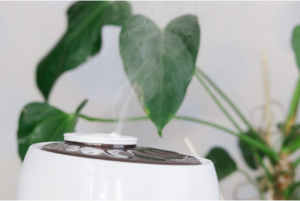
14. Humidifier
Make a habit of cleaning the humidifier at least once every week. Always unplug the humidifier first before cleaning. Remove the filter first, then fill the base with white vinegar. Let it sit for 15 minutes, then use a gentle scrub to scrub the insides lightly. Rinse with fresh water, then let it dry for a couple of minutes before installing the filter. If yours is a warm mist-style humidifier, take some time to clear any mineral buildup around the heating element.
Conclusion
It is everyone’s hope and wishes to keep their kitchens as clean as humanly possible. Taking all the steps outlined above can make this dream your reality. The key is to clean the appliance immediately after use and never let the dirt settle. A clean kitchen and everything in it, are your first defense line against bacteria and other disease-causing microbes. The risk of eating/serving contaminated food is greatly reduced, hence no more illnesses.
Keeping your appliances clean is an excellent way to keep germs at bay and gives the equipment longer service life. If your kitchen feels dirty but unable to clean, hiring a maid service for deep cleaning can help take the stress away. There, however, are times when your appliances will break down or simply give in. If this happens, then calling an expert in appliance repair in Irving, TX, is the best way forward. We at Irving Refrigerator Repair Service have a team of experienced experts ready to take care of your appliances and breathe life back into them. Our team is highly trained and experienced in all manner of kitchen appliances, a reason you should give us a call today. Don’t leave the house without your regular cup of coffee simply because the coffee maker is broken. Neither should you let your food go bad because the refrigerator is acting up. Call us today for a free consultation and get an estimate for the service.
